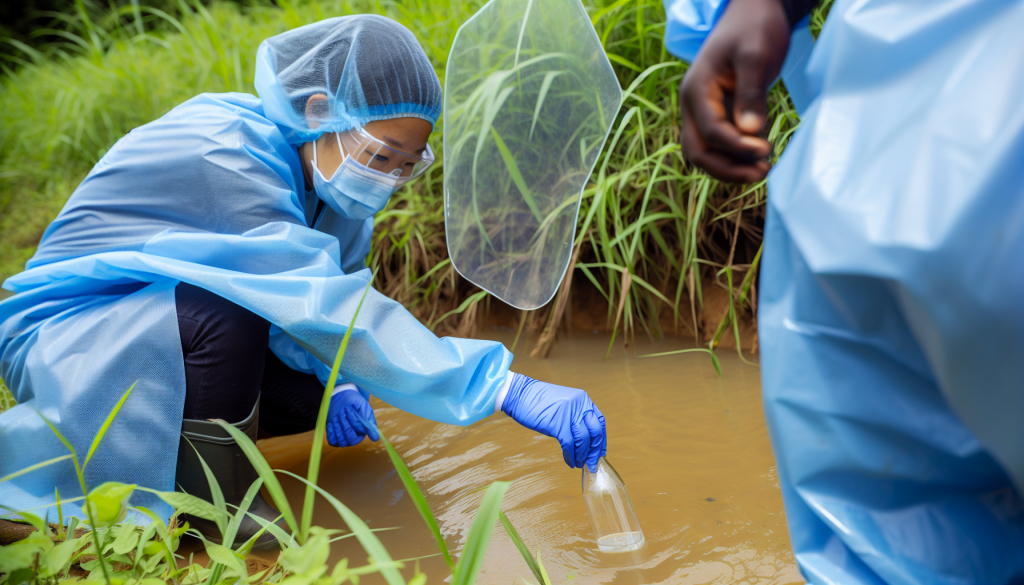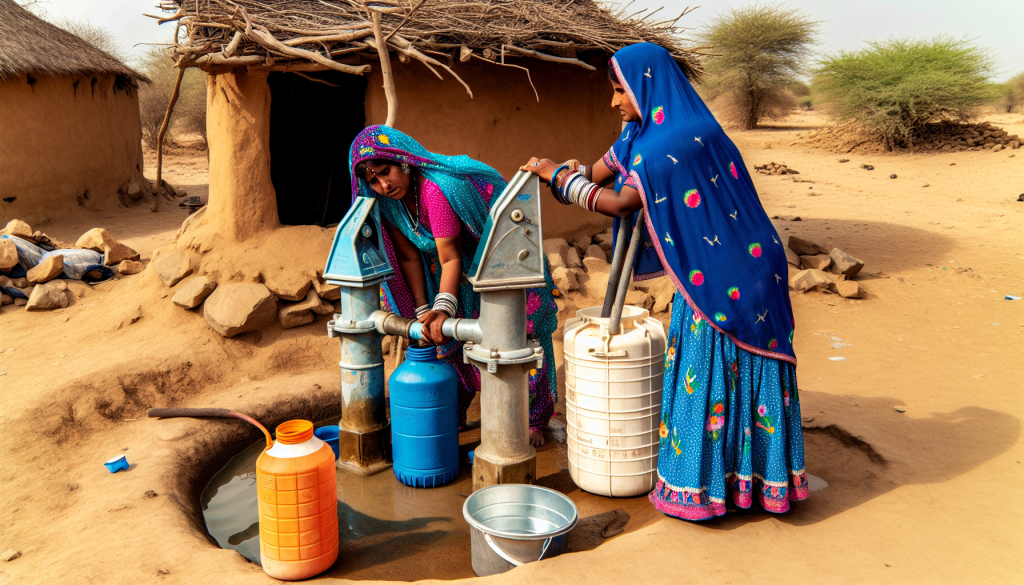Cholera death toll rises for second year in a row, despite existing prevention and care

The World Health Organization (WHO) has released its global cholera update for 2024, revealing a rise in both infections and fatalities caused by the illness.
In 2024, cholera cases grew by 5% and deaths spiked by 50% compared to the previous year, with over 6,000 fatalities reported from a disease that is both avoidable and treatable. Despite these troubling statistics, experts believe the actual numbers are even higher due to underreporting.
Ongoing challenges such as conflict, climate-related impacts, migration, and inadequate water, sanitation, and hygiene systems continue to contribute to the spread of cholera. This bacterial disease, caused by Vibrio cholerae, is primarily transmitted through water contaminated with human waste.
Cholera was reported in 60 countries during 2024, up from 45 in 2023. The vast majority of these cases—about 98%—were in Africa, Asia, and the Middle East, where the disease remains most prevalent.
The reach of cholera widened across the globe in 2024, with 12 nations documenting more than 10,000 cases each. Notably, seven of these faced such large-scale outbreaks for the first time. Cholera’s return to Comoros after over 15 years highlights how easily the disease can resurface and spread.
In Africa, the death rate from cholera climbed from 1.4% in 2023 to 1.9% in 2024, indicating critical shortcomings in medical care and illustrating how fragile many healthcare systems are. Limited access to essential medical services remains a significant concern.
Alarmingly, around 25% of deaths happened outside of medical facilities, pointing to serious deficiencies in community-level treatment access and underlining the need for stronger engagement with local populations.
To successfully fight cholera, governments, international donors, and communities must ensure reliable access to clean water and sanitation, equip people with the knowledge to protect themselves, and provide quick treatment and vaccination during outbreaks. Good disease monitoring and testing are also essential in guiding response efforts. Increased investment in vaccine manufacturing is urgently required.
A newly approved oral cholera vaccine, Euvichol-S®, received WHO prequalification in early 2024, bolstering the global vaccine stockpile, which sustained levels above the critical five-million-dose mark for the first half of 2025. However, due to ongoing high demand, the emergency practice of using just one dose instead of two continued through 2024 and into 2025. During this period, 61 million doses were requested, and 40 million were approved for single-dose emergency use across 16 countries. Nonetheless, vaccine supply remained insufficient to meet global demand.
Early figures from 2025 suggest that the cholera threat persists, with outbreaks reported in 31 countries since the start of the year.
WHO continues to classify the global cholera threat as very high, responding urgently to cut down mortality and control spread. The organization is actively working with countries to enhance disease monitoring, train healthcare workers, supply critical medical resources, coordinate response efforts with partners, and improve outreach to affected communities.


